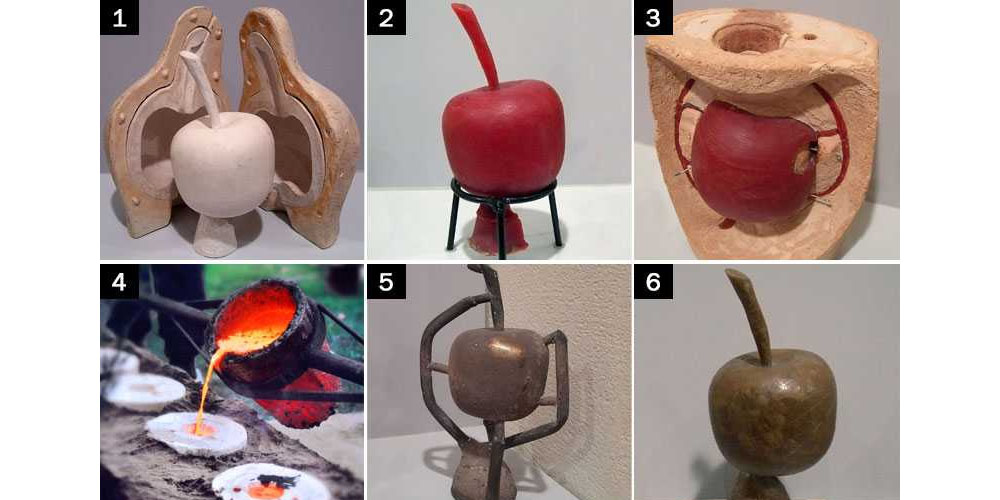Lost wax casting is a technique used to create objects in different industries using various metals. The technique is used for creating simple to complex products, and it has existed for several years. The process used a wax pattern to develop a ceramic mold. This post discusses the lost wax casting process.
How does the lost wax casting process occur?
This production process is slightly complex. This is primarily because it involves multiple processes. Below is a guide for how the process takes place;
1. Creating the die using a 3D CAD
The process starts with creating a CAD following the designs of the product to be manufactured. This is a critical step because it will help in the creation of the die. A die is a solid or hollow metal featuring a customized process used in the casting process. The die usually takes on the size, shape, and form of the desired part.
2. Making the model wax and assembling the wax patterns
The next step in the process is creating the wax model. The model is usually carved by an artist out of wax, as the title suggests. The size and design of the wax are normally determined by the product design, the skills of the carver, and the casting equipment applied. You can also use the die in this process. In this case, a semi-liquid wax is poured into the die. This step of the process can be reiterated severally depending on the quantity of the products to be manufactured.
The next step is to assemble the wax pattern by adding sprues to the copies of the wax patterns. Here, the sprues are connected to create the wax tree. It is known as the wax tree as its structure resembles a tree. The role of the structure is to form patterns through which the wax will flow out.
3. Creating the shell and dewaxing
Here, the wax tree or the pattern is inserted into a ceramic slurry. This step aims to create a shell around the wax structure. It is worth mentioning that one end of the tree is usually left exposed. This is done to help with the removal of the wax. Afterward, the wax inside the shell is removed. Here, you have to place the entire product inside an oven. The high temperatures in the oven will melt the wax. It is then removed from the open space on the cast. What is left from the process is a cavity in the original model’s shape.
4. Casting
This is a vital step in the process. Here, the metal (which is melted) is poured into the cast in the space that the wax-filled initially. Pressure is applied to distribute the molten metal into the cast. Note that different types of metals can be applied, depending on the application and intended product.
5. Removing the shell and finishing
The last part of the process is removing the shell, leaving you with the part formed inside. This can be done using various techniques. From there, the part is taken through various surface treatments as part of the finishing process.
Final word
Kindly note that the process of lost wax casting often differs depending on the application. The industry may also affect how the process is conducted. However, regardless of the industry and application, the basic processes listed above remain constant.

